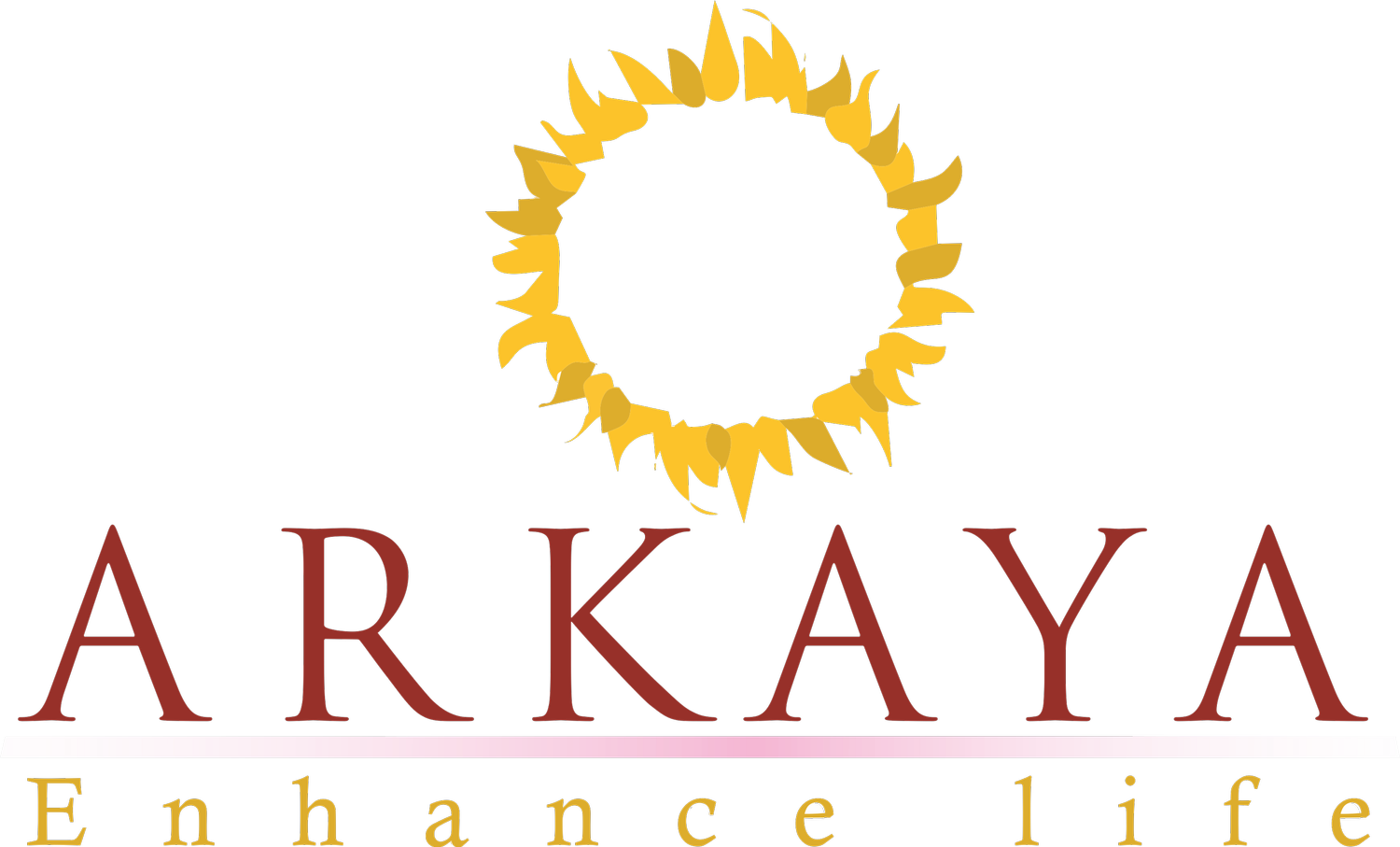Yoga is the latest hot commodity
I walked down a couple of blocks from where I was staying in Vancouver. There were more yoga studios there than I had seen in the whole of Chennai. As I went shopping for a salad dressing, I was amazed at the variety I could choose from. Any product and the variety was immense. So many choices to be made! But I am an aware customer. I usually read all the ingredients given on a product, whether it is organic and whether scientific research says it will provide my body with all the essential nutrients.
Hmm! That should guarantee me everlasting youth and freedom from all ailments and, of course, strong bones, good skin… . the list is endless.
Yoga shopping
Yoga, like many other arts and sciences, is now a product. How much will I get out of it — is what we all want to know. Will it give me my money’s worth? There is so much to choose from. In India, I would often see signs saying `Yoga for arthritis, weight loss, heart disease’ and so on. It was more need-oriented. In the West, it was more fashion-oriented. Hot Yoga, Power Yoga, Astanga Vinyasa, Yin Flow and even Burlesque Yoga!
I must have seemed like a country bumpkin when I asked the lady, who told me about the classes, what burlesque was! Was I hearing it right, I thought to myself when I heard it described. But that’s my ancient conditioning. Anyone could teach yoga, even the pole dancers. In fact, burlesque was the older version done in strip bars. They combined their moves with now archaic postures to create the improvisations! Who was I to judge it? In fact, I know that in the depths are inherent the heights and from darkness comes light. However I must do, for myself, what is right.
I am happy with the practice that I do with the playfulness of a child. I am happy with organic growth. I do not want too much pumped into my system. My little brain cannot handle an information overload. The same old thing makes me happy! I am happy with what I am constantly discovering. Everyday I discover more about myself, everyday I move closer to who I truly am. I know I am smarter for not having tried out every new invention. I am happier for not having tasted every new concoction. I know I am not missing too much if I have not used every soap on the stand! Go ahead and check if you are an aware customer by answering the questions asked below.
Are you an aware yoga customer?
1. I will buy it if someone promises that I will lose 5 kg in five days. Yes/No
2. I will go to a class because everyone in class has the hottest yoga pants. Yes/No
3. I will enrol only for a week as I don’t believe in any long boring commitments. Yes/No
4. If I am going for spiritual reasons and I will expect the teacher to look like a guru. Or at least the teacher’s teacher should have a long beard. Yes/No
5. I will be very impressed to see everyone doing sirasasana (headstand) in the first month.Yes/No
6. I feel I have got my money’s worth if the teacher promises to teach me 40 asanas is 20 days.Yes/No
7. I believe I can master meditation in a two-day class. Yes/No
If you have ticked
five to seven yeses – your awareness levels are low
three to four yeses – you have average awareness
one or two yeses – your awareness level is quite good.
All `no’s? Have you considered teaching or volunteering for yoga programs?
- MAITREYI
